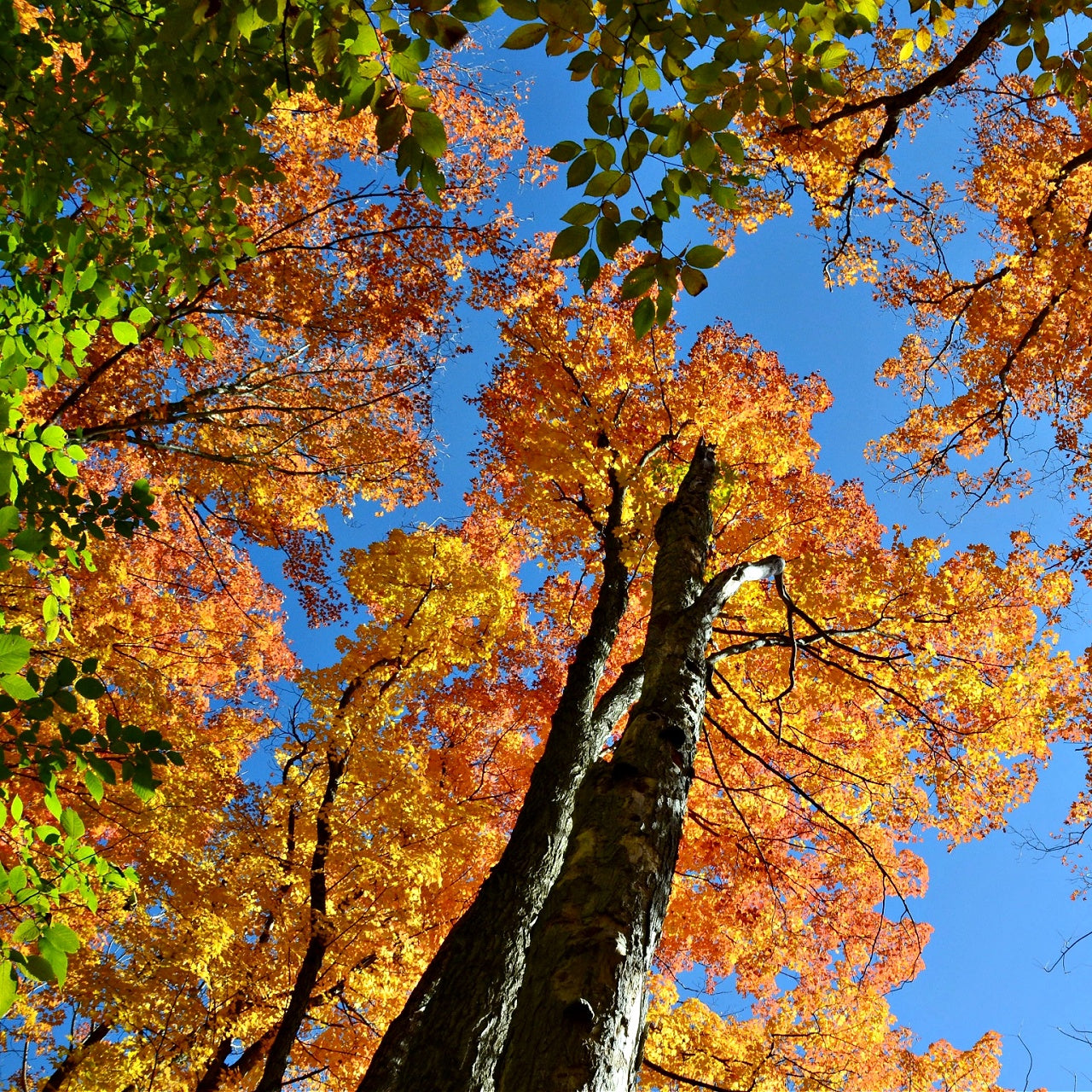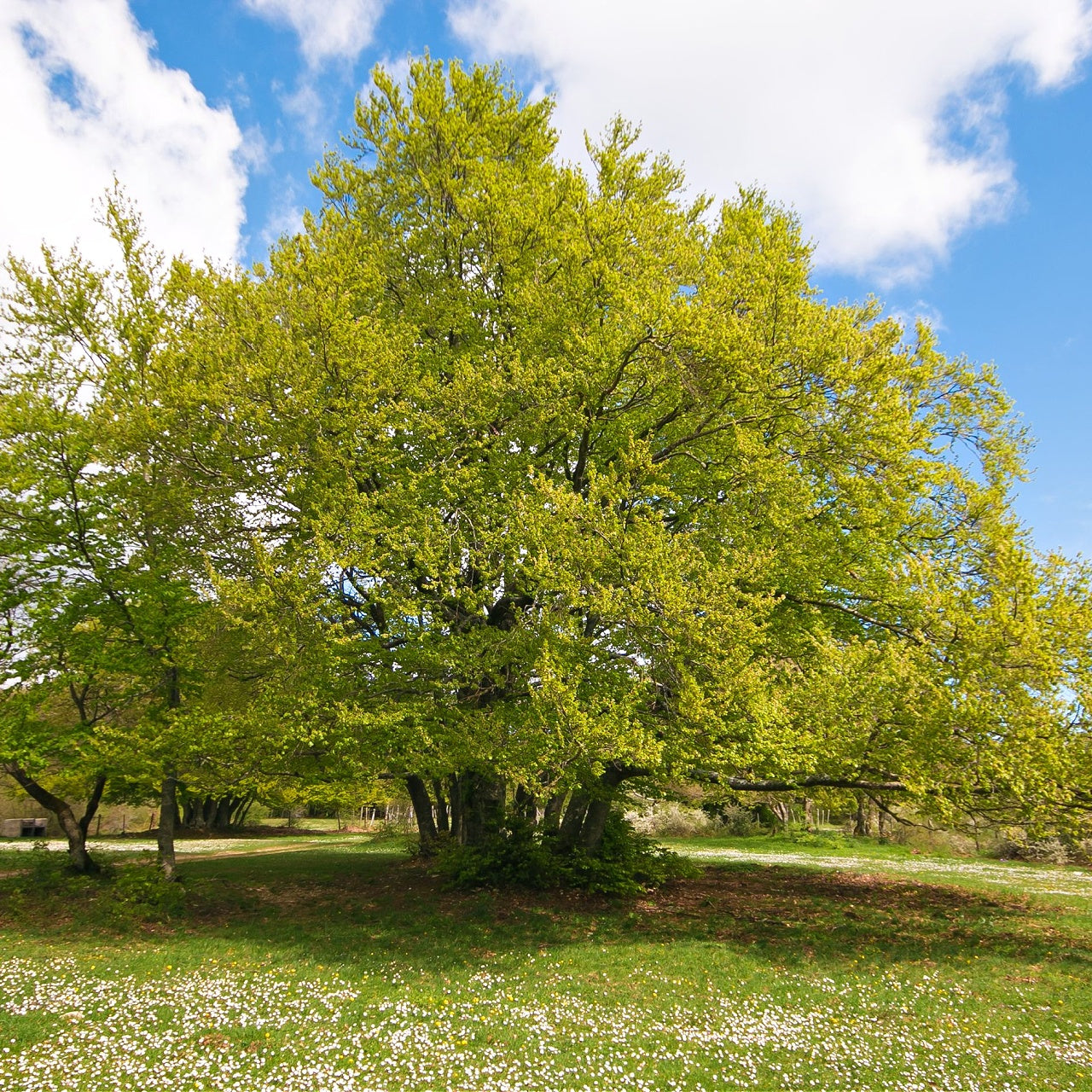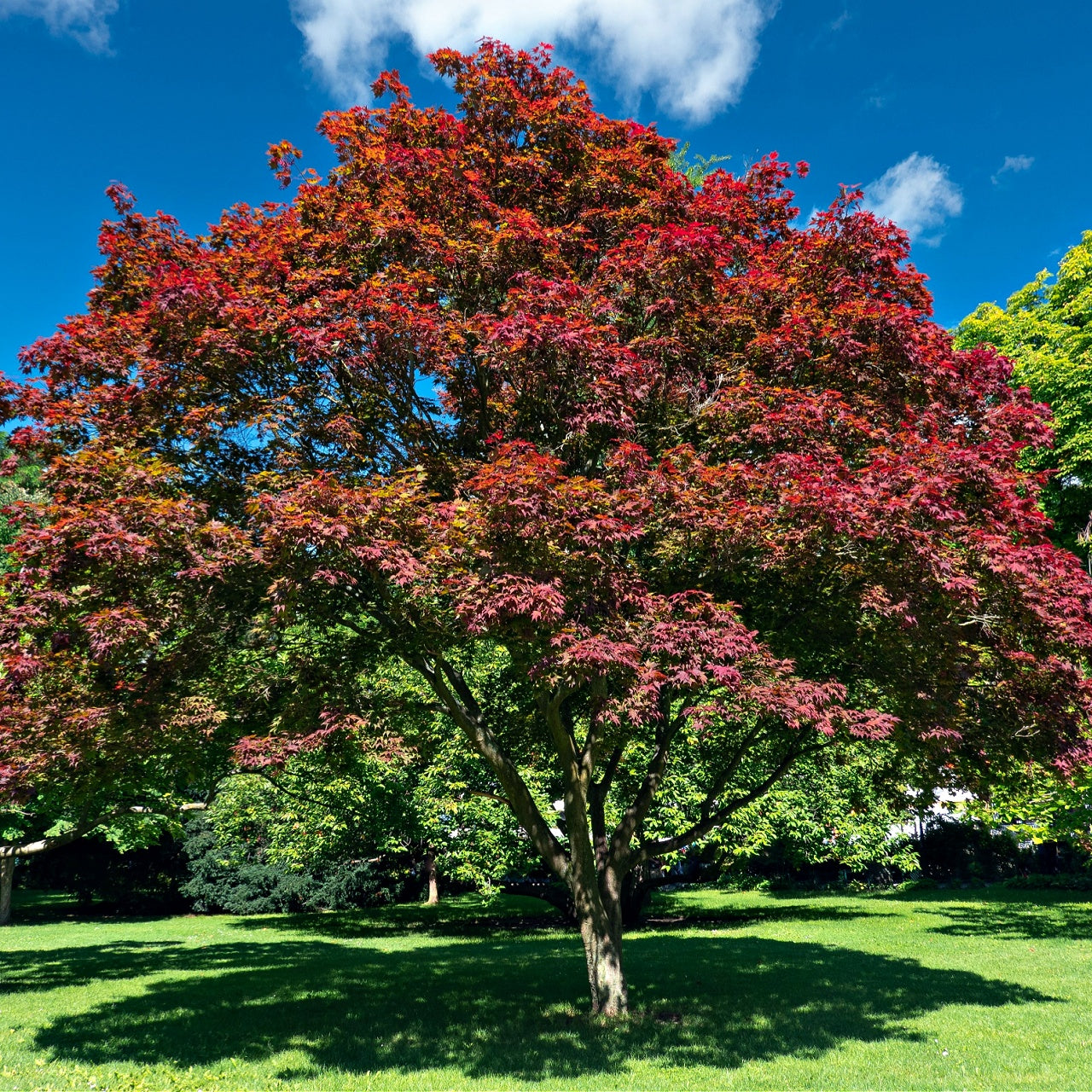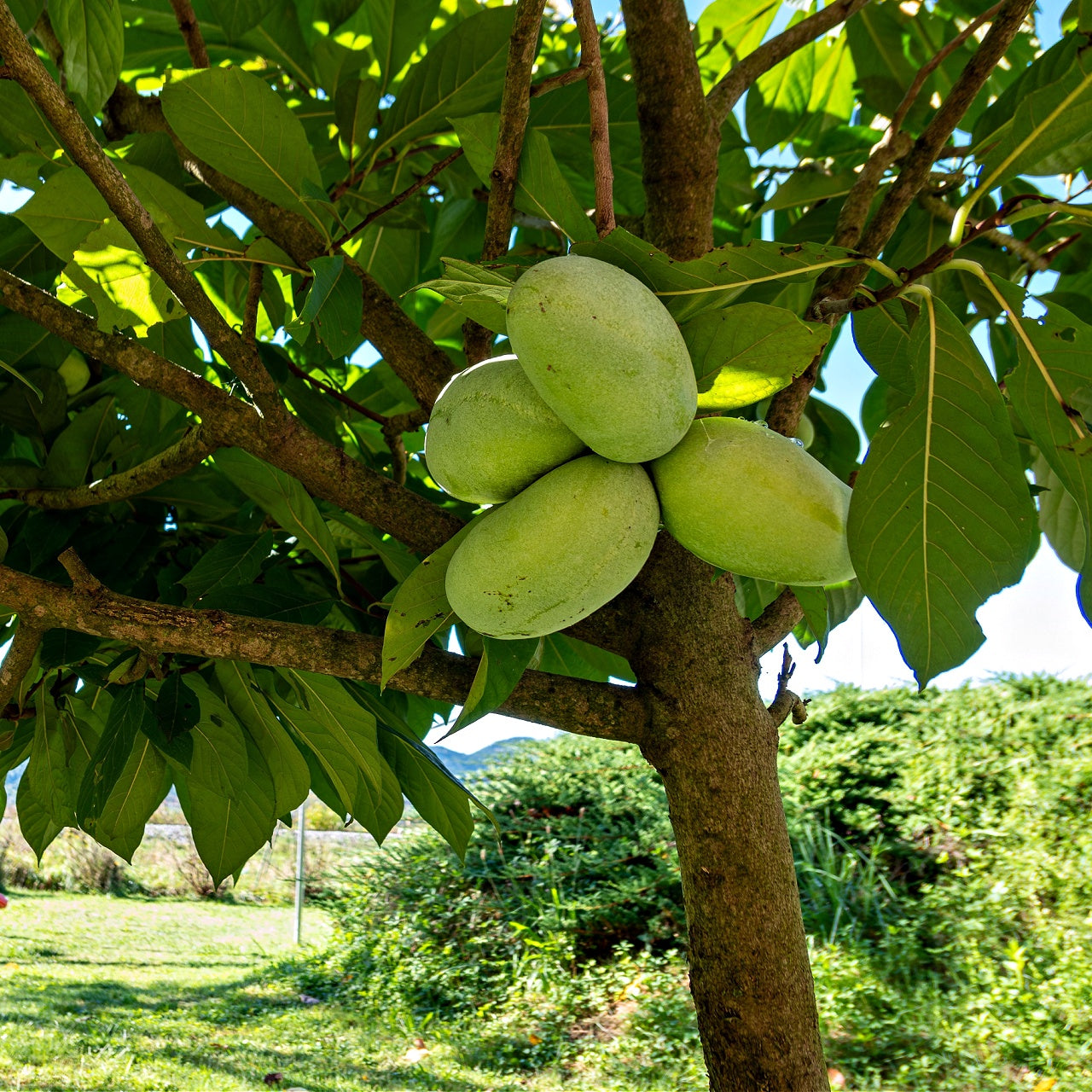
The Many Uses Of Ground Covers
The Many Uses Of Ground Covers
What are the Best Ways to Use Ground Covers in Landscaping?
Linking your ground's various plant life assets together remains a foundational landscaping concept. Lush green lawns typically bridge the divide between roads and your front yard gardens. But sometimes, vacant spaces call for creative aesthetic solutions. Ground covers can be deftly employed to peacefully bring your Tennessee landscape's moving parts together.
As an experienced plant nursery that provides gardening solutions to our communities, we maintain an inventory of ground covers that are well-suited to the region. Our team members would like to share some of the best ways to utilize ground covers to complete your landscape.
What Plants are Considered Ground Covers?
Landscaping professionals typically consider ground covers a category of low-rising plants that can spread and blanket underdeveloped areas of a residential or commercial property. These creeping plants require minimal care and maintenance, making them an efficient landscape component.
Ground covers produce subtle blooms and serve as accent plants. Landscapers include ornamental grasses and self-seeding annuals under the ground cover umbrella. Many varieties prefer at least partial shade, but others succeed in increased sunlight when watered regularly. They also remain a go-to resource for unifying distinct standalone plants, shrubs, and trees into a unified design.

What are the Best Ways to Use Ground Covers in Landscaping?
When selecting ground covers, property owners would be well-served to consider the aesthetic value and practicality a variety brings to their outdoor space. Many can thrive in areas where turf and other plants might falter. Although ground covers provide aesthetic value and flourish in spaces, others might not; they remain a type of transitional landscaping asset. These examples of ground cover usage highlight their niche value.
Cover Slopes: When inclines make mowing an area challenging, ground covers provide a low-maintenance solution. They spread quickly to envelop the hillside in lush greens and subtle flowers. Simple watering keeps these areas looking robust.
Eliminate Brown Ground: Raised gardens at the base of trees or in full shade can appear lackluster. Infusing ground covers brings seemingly infertile areas to life.
Weed Deterrents: Gardening enthusiasts grow weary of removing weeds that sprout up around ornamental perennials. Planting ground covers around perennial eye candy can minimize weed growth and reduce unnecessary garden labor.
Highlight Garden Edges: Property owners and landscaping professionals like to include garden borders to prevent encroachment from lawns and other plant life. Ground covers can soften boundaries as they creep over these elements, unifying the landscape design.
These constitute several ways ground covers can be leveraged to enhance landscapes. They also prove rewarding as primary assets of shade gardens. Ground covers also tend to soften the area surrounding hardscape elements such as walkways and patios. However, property owners should conduct some due diligence before purchasing ground covers. Not every type thrives in our climate.
What are the Best Ground Covers?
Although some annuals are temporary ground covers, professional landscapers typically consider them "crop covers." That designation means property owners will till them over at the season's end to infuse nutrients into the soil. Proper ground covers, by contrast, deliver ornamental and landscaping benefits year after year. These rank among the best regional options.
Vinca Minor: Considered one of the Periwinkle plants, Vinca Minor can spread outwards for approximately 10 feet. It paints the earth with lush green leaves and gorgeous lavender blooms. Vinca Minor can cover slopes or creep high on trellises.
English Ivy: Best known for covering brick houses and trellises, English Ivy can blanket entire slopes and a wide range of shaded spaces. With the capacity to spread upwards of 50 feet, English Ivy ranks among the most effective ground covers.
Partridgeberry: This ground cover earns its name from the eye-catching red berries it produces. Its tubular white flowers appear during summer, and the leaves shimmer with a waxed appearance. This ground cover can succeed in full-shade areas.
Ajuga: Varieties of Ajuga can produce white, pink, lavender, or blue flowers that contrast its green leaves. Ajuga flowers shoot up, making it an excellent choice to bridge spaces between tall ornamental perennials and lawns.
Creating an Aesthetically Pleasing Groundcover in Your Garden
Groundcover plants enable you to turn unremarkable garden spaces into lush, vibrant tapestries full of visual appeal. They work to fill voids while keeping weeds under control and adding vibrant colors and textures to your landscape. Your choices include many varieties, with each type providing distinctive styles for whimsical blossom carpets or structured leaf arrangements.
Begin by evaluating the growth conditions of the space where you plan to install ground cover. Groundcovers need specific levels of sunlight exposure along with precise moisture and soil conditions to reach their full potential. When selecting ground cover for a sunny area, think about planting sun-loving creeping thyme or sedum, which can withstand drought conditions and grow well in poor soil. For shady tree areas, you can choose groundcovers such as Vinca Minor or Pachysandra. Properly selecting plants based on specific garden microclimates promotes strong and healthy plant development.
Consider which garden style you want to establish in your landscape. How do you envision your garden's aesthetic: formal or cottage-style or a natural wild look? Aspire for structured elegance by selecting uniform groundcovers with gentle and consistent foliage like mondo grass or Asiatic jasmine. To achieve a charming cottage garden style, you should plant small flowering species such as ajuga, creeping phlox, or sweet woodruff for a delightful appearance. The garden gains depth through the use of diverse colors and textures.
Soil preparation is crucial for success. Remove all unwanted weeds and vegetation from the planting area to prepare it for new growth. This procedure stops competitive growth while the groundcover plants establish themselves. Mix compost into the soil to better its fertility and structure. Groundcover plants require ample space to spread, so the addition of compost provides essential nutrients and establishes an ideal rooting environment. Use a rake to clean the soil surface and eliminate debris before planting.
The key factor for successful planting is maintaining proper spacing. Planting plants too far apart leads to slow coverage and allows weeds to grow back. Planting groundcover plants without sufficient spacing leads to overcrowded growth and competition between plants for essential light and nutrients. Planting success depends on following the specific spacing guidelines for your selected variety. Planting in staggered rows or a triangular pattern produces a unified and layered appearance.
Moisture management is equally important. Water deeply after planting to establish roots and promote sturdy initial growth. Continue consistent watering until your ground cover establishes itself, but remember that drought-tolerant varieties will need less water over time. Ground cover plants benefit from mulch layers that retain moisture while preventing weed growth and keeping root systems cool throughout hot seasons.
The first season requires careful maintenance and consistent attention. Eliminate all weeds that try to establish themselves. As your ground cover matures into a dense layer, it will naturally handle most weed control work. You should consistently prune plants that show invasive behavior, specifically in species like ivy, to prevent them from spreading to other plants or invading adjacent lawns.
Observe the beautiful visual appeal that ground cover provides to your garden. Groundcover allows gardeners to maximize their space by offering vibrant spring blooms or providing simplicity with structured foliage. Proper research, planning, and minimal maintenance create a stunning tapestry that delivers practicality and visual satisfaction.






